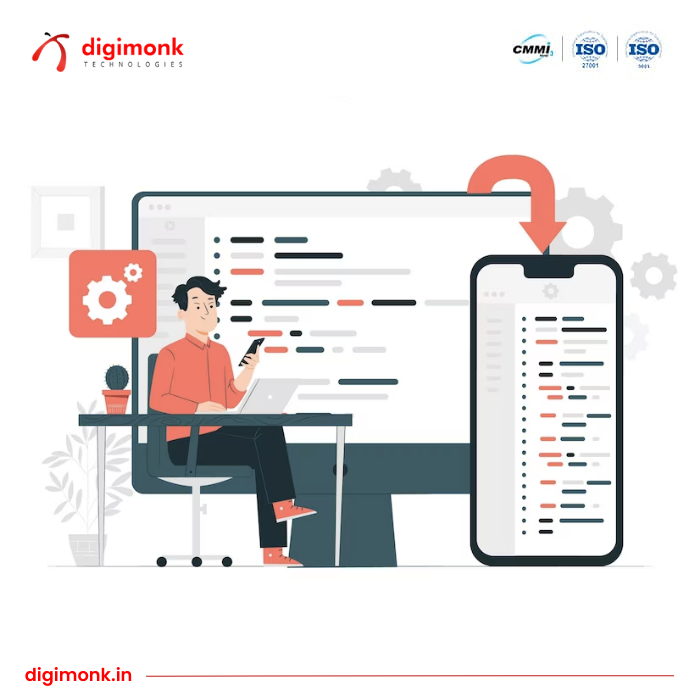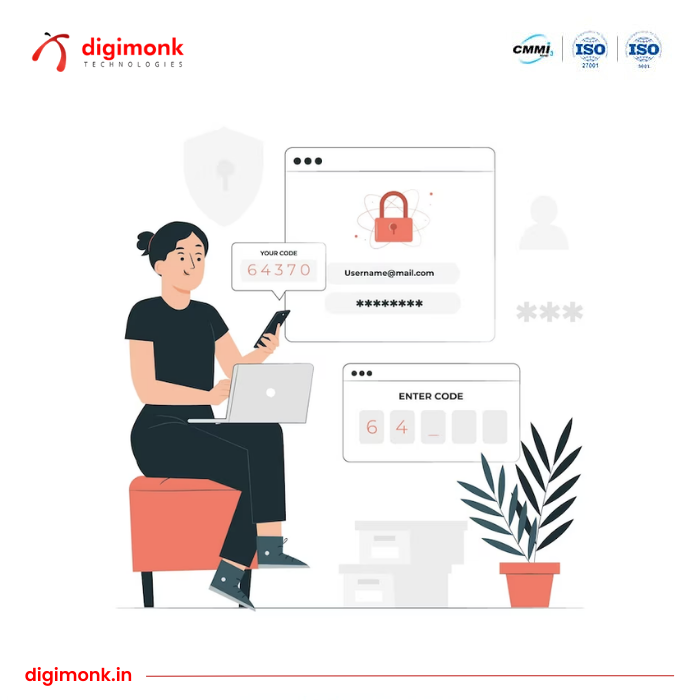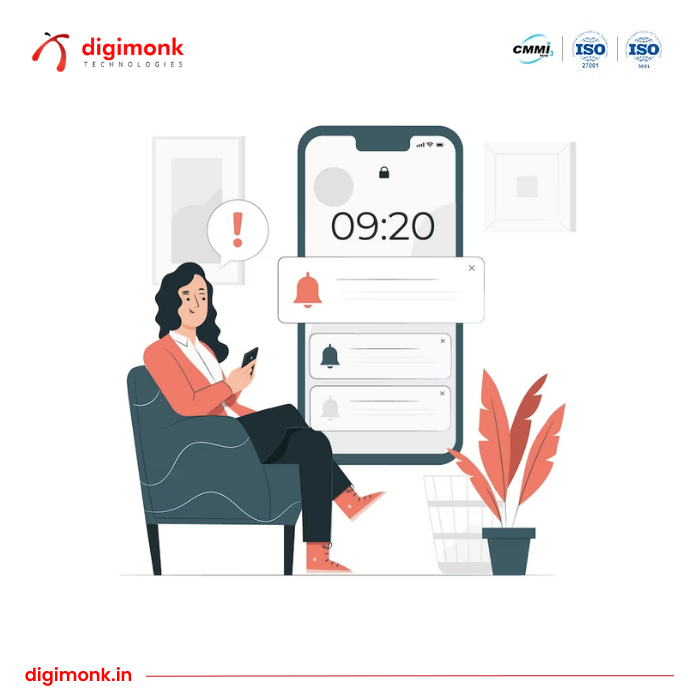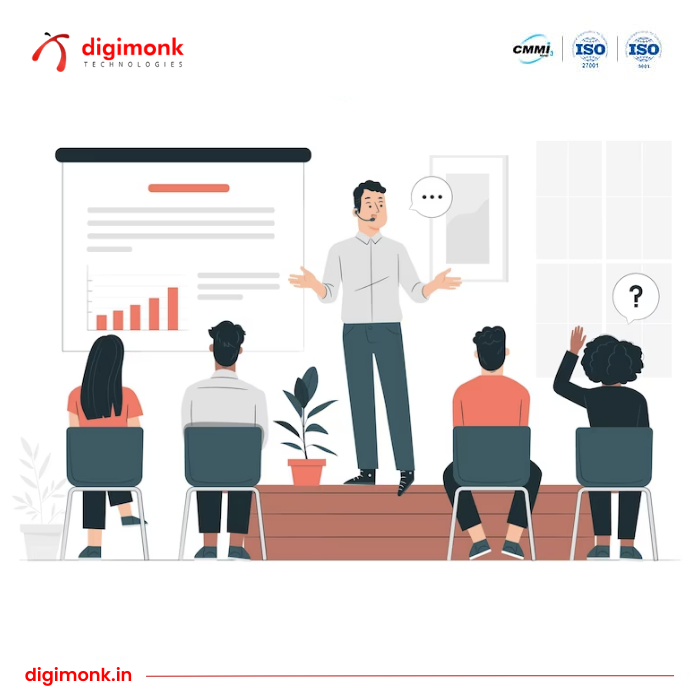10 August, 2023

Are You Looking For a
Web Devlopement | App Devlopement

Web and App Security: Best Practices for Protection Against Cyber Threats
In today's interconnected world, web development and app development have become integral parts of businesses, providing innovative solutions and enhancing user experiences. However, as technology advances, so do cyber threats. The increasing frequency and sophistication of cyber attacks make it crucial for IT companies specializing in web and app development to prioritize security. This article delves into the significance of web and app security and highlights three essential best practices to safeguard against cyber threats.
Secure Software Development Lifecycle (SDLC)

The Software Development Lifecycle (SDLC) is a fundamental process in web and app development, encompassing planning, design, coding, testing, deployment, and maintenance stages. Integrating security into each phase of SDLC is crucial to create robust and secure applications.
a. Requirements Analysis and Risk Assessment:
At the outset, identifying potential security risks and understanding the project's security requirements are vital. Conducting a thorough risk assessment helps developers anticipate and mitigate vulnerabilities that may arise during development.
b. Secure Design Principles:
Emphasizing secure design principles involves adopting secure architecture and frameworks, using least privilege access controls, and ensuring data protection mechanisms. Designing with security in mind from the beginning minimizes the risk of security loopholes later.
c. Secure Coding and Code Reviews:
Writing secure code is the foundation of strong security. Developers must adhere to coding best practices, such as input validation, output encoding, and parameterized queries to prevent common vulnerabilities like SQL injection and Cross-Site Scripting (XSS). Regular code reviews by peers can identify potential weaknesses and improve code quality.
d. Thorough Testing:
Comprehensive testing, including penetration testing and vulnerability assessments, helps identify and rectify security flaws before deployment. Automated and manual testing methodologies are essential to detect issues across different layers of the application.

Authentication and Authorization Mechanisms
Authentication and authorization are critical components of web and app security, ensuring that only authorized users can access specific functionalities and data.
a. Multi-Factor Authentication (MFA):
Implementing MFA adds an extra layer of security by requiring users to provide multiple forms of identification before granting access. This could include a combination of passwords, biometrics, one-time codes, or smart cards, reducing the risk of unauthorized access due to stolen credentials.
b. Role-Based Access Control (RBAC):
RBAC allows administrators to define access levels and privileges based on user roles and responsibilities. Limiting access to only what is necessary helps mitigate the potential damage caused by compromised accounts.
c. Secure Session Management:
Effective session management is crucial to prevent session hijacking and fixation attacks. Implementing secure session tokens, setting session timeouts, and ensuring session data is stored securely are essential to maintain user privacy.

Regular Updates and Patch Management
The threat landscape is constantly evolving, and new vulnerabilities are discovered regularly. Keeping all web servers, application frameworks, libraries, and third-party components up to date is vital in reducing security risks.

a. Vendor and Platform Updates:
Frequent updates from software vendors often include patches to address known security vulnerabilities. IT companies should monitor vendor updates and promptly apply them to their applications to stay protected.
b. Third-Party Libraries:
Web and app development often rely on various third-party libraries and modules. Ensuring these components are from reputable sources and up to date is crucial to avoid potential exploits through known vulnerabilities.
Conclusion
Web and app security is of paramount importance in today's technology-driven world. By adopting a secure Software Development Lifecycle, implementing robust authentication and authorization mechanisms, and maintaining regular updates and patch management, IT companies can effectively protect their web and app assets from cyber threats. Prioritizing security from the early stages of development not only safeguards users and data but also enhances the overall trust and credibility of the company and its offerings in the competitive market.
Follow us - www.instagram.com/teamdigimonk





